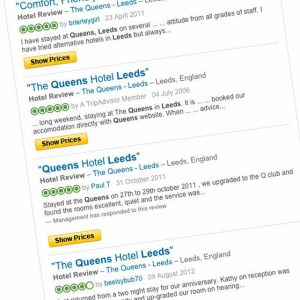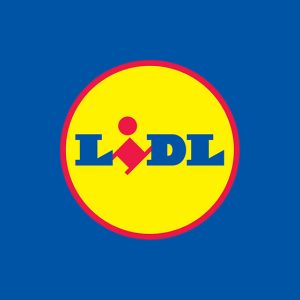How To Make Your Content Useful: Creating Social Substance
A good book is one that gets passed around from reader to reader, making people want to share their experience of reading it with others. By the same token good online content is that which generates likes and shares or persuades others to follow.
The primary goal of online content marketing is not to increase brand awareness, raise your Google ranking or generate leads, but is actually to provide information to customers that they find useful. Useful can mean entertaining or it can answer relevant questions but the best content is that which creates social substance and gets the ball rolling for conversation.
There are many ways in which you can make your content useful and certain tactics will work better for different brands or products. Think about what your customers specifically are likely to be interested in and create a content marketing strategy based on those answers.
Answer Specific Questions
In the very first stage of the purchase process a large majority of internet browsers are simply looking for answers or information. Websites that provide this information or these answers in a simple and easy to access format are therefore the most useful. The addition of something as simple as an FAQ page can instantly make your website more useful. Use the information you already have to ensure that you answer as many questions as possible that are actually being asked by customers. If your customer service department notice any recurring issues then incorporate solutions into your website. Create and promote helpful content that solves trending trouble spots. Ask your customers what information is missing or what answers they would like to see on the site. Include a combination of trending news and evergreen content to ensure your marketing is both up to date and timeless.
Make Pages for People
One of the traps many content marketers fall into is creating content based strictly on SEO tactics and strategy. While this needs to be taken into consideration, the best content is that which is written for people, not for Google. Communicate effectively with your customers on the form of conversational content designed with customer engagement at the forefront.
Build a Content Marketing Persona
Personas are not the same as demographics. Demographic data enables the segregation and grouping of customers by factors such as geographic location, age bracket, business type etc. Persona data enables marketers to reach out to and engage with customers on a more personal level. To build a content marketing persona, imagine your ideal customer. Ask a series of questions such as:
- What is their job title?
- What type of company do they work for?
- Who are they?
- What does a typical working day look like?
- What challenges do they face?
- What frustrations might occur in the workplace?
- How can those challenges be more easily met and those frustrations alleviated?
- Are they primary decision makers?
- How often do they use social networks and which ones do they prefer?
- Which devices or channels do they most frequently use to access information online?
- How much time do they spend online?
- Is most of that time in work hours or from home?
- What most strongly influences their content consumption?
Once you have the answers to these questions you can begin to create content that is both useful and interesting to your consumers. Identifying the most used channels and devices and the most popular content topics enables you to target your content to your ideal consumer in the way that most strongly appeals to them.
Once you have an effective content marketing strategy in place, don’t forget to make it easy for customers who do engage to like, share and follow your content. Encourage content sharing and make it the simple act of clicking a button. Provide elements that people want to share just as with a good book – include humour, entertainment and fun wherever appropriate. Create content that your target audience can easily identify with and offer examples of how other customers have engaged and identified with that content. Above all, make your content human, useful and worthy of chatter.
Previous Post
Next Post
Similar Post
Similar Post



